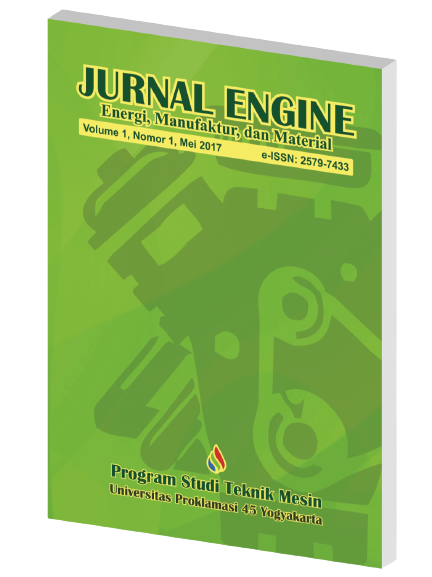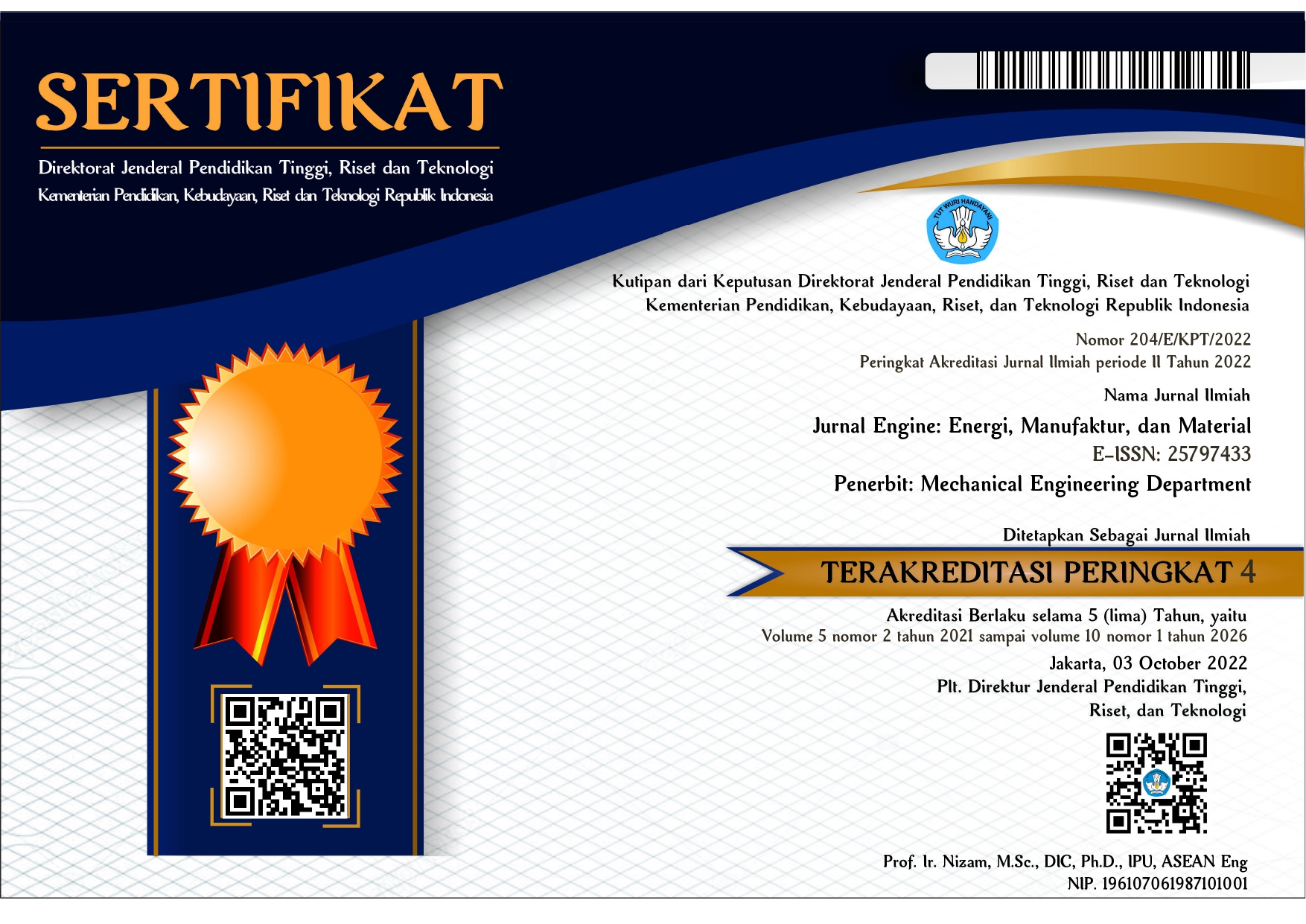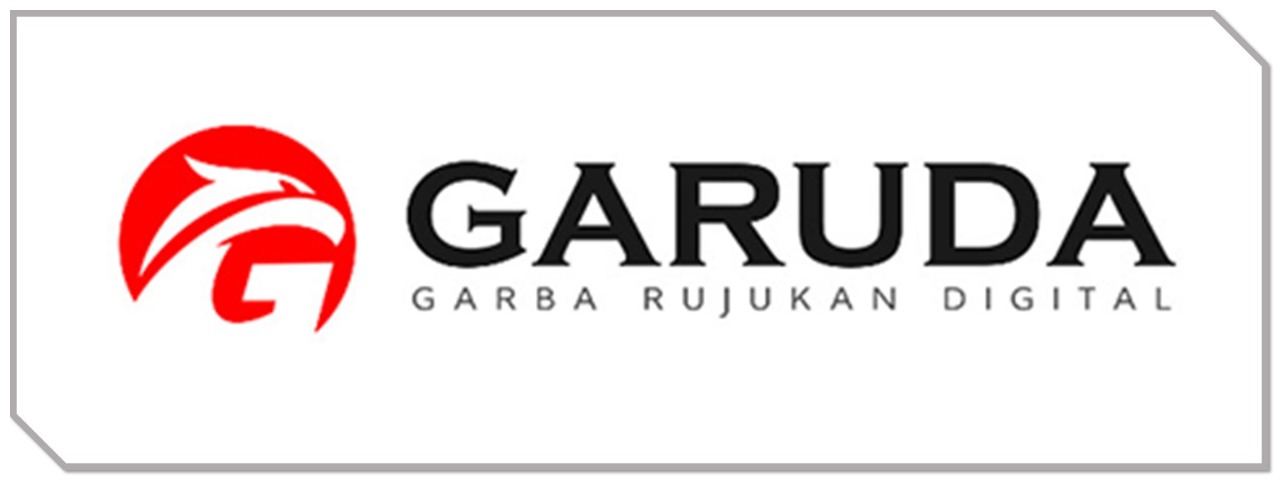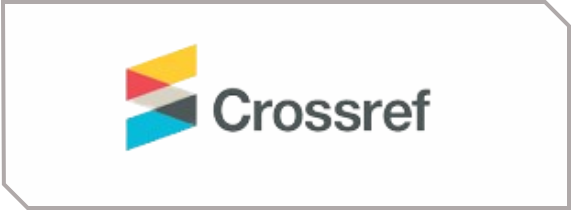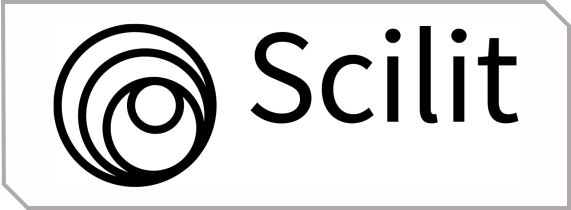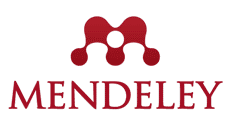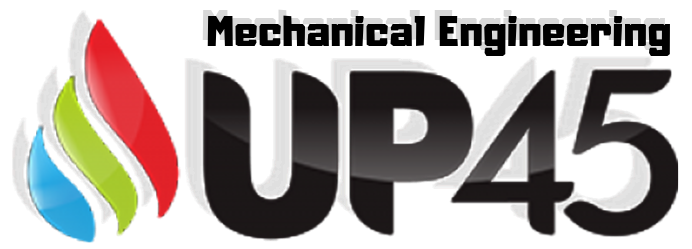Analisis Pengaruh Pengaturan Parameter pada CNC Cutting Laser terhadap Kualitas Hasil Pemotongan pada Material Stainless Steel 304 di PT X
DOI:
https://doi.org/10.30588/jeemm.v9i1.2164Keywords:
CNC Laser Cutting, Stainless Steel 304, cutting parameters, cutting quality, manufacturingAbstract
The advancement of manufacturing technology continues to drive optimization in material cutting processes, one of which is the use of CNC Laser Cutting machines. This study aims to analyze the effect of varying cutting parameters on the quality of Stainless Steel 304 cutting results at PT X. The parameters examined include cutting speed, laser power, gas pressure, and focal point. Experiments were conducted by adjusting these parameters and evaluating the results based on dimensional accuracy, surface cleanliness, and cutting quality. The findings indicate that an optimal combination of parameters can enhance cutting quality by reducing defects such as dimensional inaccuracies, rough surfaces, and oxidation on the cutting edges. The study concludes that proper parameter settings are crucial for improving production efficiency and final product quality in the manufacturing industry.
References
Daftar Pustaka
Diasa, N., Suhadi, A., & Karyadi. (2023). Rekayasa Parameter Pemotongan Dengan Mesin CNC Tipe Fiber Laser Cutting A1 untuk Produk Dudukan Spring Coil. Teknobiz : Jurnal Ilmiah Program Studi Magister Teknik Mesin, 13(1), 57–62. https://doi.org/10.35814/teknobiz.v13i1.4850
Halim, G., Asroni, A., & Budiyanto, E. (2022). Analisa kerja mesin CNC laser cutting CO2 2 axis berbasis MACH3 pada variasi pemotongan. ARMATUR : Artikel Teknik Mesin & Manufaktur, 3(1), 28–36. https://doi.org/10.24127/armatur.v3i1.1935
Hidayat, M. A., Farid, A., & Suwandono, P. (2021). Analisa parameter pada pemotongan plate menggunakan CNC fiber laser cutting terhadap kekasaran permukaan. Turbo : Jurnal Program Studi Teknik Mesin, 10(2), 239–247. https://doi.org/10.24127/trb.v10i2.1737
Karyadi, K., Nanda, R. A., & Suhara, A. (2023). Analisa Cacat Timbul pada Material Aluminium Akibat Pemotongan Menggunakan Laser Cutting. VOCATECH: Vocational Education and Technology Journal, 5(1), 33–46. https://doi.org/10.38038/vocatech.v5i1.127
Lesmana, B., Heryana, G., & Jatira. (2023). Perancangan Sistem Kendali Mesin CNC (Computer Numerical Control) laser Cutting CO2 2 Axis Berbasis Arduino Uno. Journal of Applied Mechanical Technology, 2(2), 28–33. https://doi.org/10.31884/jamet.v2i2.43
Liu, X., & Chang, D. (2023). An Improved Method for Optimizing CNC Laser Cutting Paths for Ship Hull Components with Thicknesses up to 24 mm. Journal of Marine Science and Engineering, 11(3). https://doi.org/10.3390/jmse11030652
Maviroh, P. A., Karuniawan, B. W., & Rachman, F. (2017). Optimasi Kekasaran Permukaan dan Laju Pemotongan pada Mesin Laser cutting Menggunakan Material SUS 316L dengan Metode Taguchi dan Neural Network. 2654, 191–199.
Nanda, R. A., Danuarta, M., & Sunandar, A. A. (2023). Pelatihan CNC Laser Cutting Untuk Siswa SMK Plus Laboratorium Karawang: Penunjang Karir Siswa. Jurnal Pengabdian Masyarakat Dan Penelitian Terapan, 1(3), 118–129. https://doi.org/10.38035/jpmpt.v1i3
Petunin, A., & Tavaeva, A. (2020). The Dependence of Actual Laser Cutting Speed on CNC Sheet Equipment on Number of NC Program Commands for Metal Grades 1.0114 and AWAIMg3. Journal of Physics: Conference Series, 1527(1). https://doi.org/10.1088/1742-6596/1527/1/012013
R, R., BW, K., & Juniani, A. I. (2016). Optimasi Parameter Mesin Laser Cutting Terhadap Kekasaran Dan Laju Pemotongan Pada Sus 316L Menggunakan Taguchi Grey Relational Analysis Method. J@ti Undip : Jurnal Teknik Industri, 11(2), 97. https://doi.org/10.14710/jati.11.2.97-106
Salam, A., Mukhtar, & Trisbenheiser. (2020). Rancang Bangun Mesin CNC Laser Cutting Sebagai Media Pembelajaran. Prosiding 4th Seminar Nasional Penelitian & Pengabdian Kepada Masyarakat 2020, 173–178.
Wang, C., Li, Y., Gao, F., Wu, K., Yin, K., He, P., & Xu, Y. (2025). Milling-Force Prediction Model for 304 Stainless Steel Considering Tool Wear. Machines, 13(1), 1–17. https://doi.org/10.3390/machines13010072
Wang, J., Cao, X., Chen, J., Zou, J., Hu, Y., & Huang, R. (2024). Study on deformation-induced martensitic transformation behavior of 304 and 316 stainless steels. Journal of Physics: Conference Series, 2760(1). https://doi.org/10.1088/1742-6596/2760/1/012014
Wang, K., Liu, H., Liu, N., Chen, X., & Chen, J. (2024). Effect of Oxidant Concentration on the Oxide Layer Thickness of 304 Stainless Steel. Materials, 17(12), 1–11. https://doi.org/10.3390/ma17122816
Xu, J., Wang, G., & Liu, R. (2023). On the Similarity Relationship between the Structural-Steel Prototype and the 304-Stainless-Steel Dynamic Scale Model. Buildings, 13(12), 1–14. https://doi.org/10.3390/buildings13122966
Downloads
Published
How to Cite
Issue
Section
License
Copyright (c) 2025 Hadi Nurwahyudin, Mochammad Rajib El Atros, Mualif (Author)

This work is licensed under a Creative Commons Attribution 4.0 International License.
Authors who publish with Jurnal Engine: Energi, Manufaktur, dan Material agree to the following terms:
Authors retain copyright and grant the Jurnal Engine: Energi, Manufaktur, dan Material right of first publication with the work simultaneously licensed under a Creative Commons Attribution 4.0 International License that allows others to share (copy and redistribute the material in any medium or format) and adapt (remix, transform, and build upon the material) the work for any purpose, even commercially with an acknowledgment of the work's authorship and initial publication in Jurnal Engine: Energi, Manufaktur, dan Material. Authors are able to enter into separate, additional contractual arrangements for the non-exclusive distribution of the journal's published version of the work (e.g., post it to an institutional repository or publish it in a book), with an acknowledgment of its initial publication in Jurnal Engine: Energi, Manufaktur, dan Material. Authors are permitted and encouraged to post their work online (e.g., in institutional repositories or on their website) prior to and during the submission process, as it can lead to productive exchanges, as well as earlier and greater citation of published work (See The Effect of Open Access).


